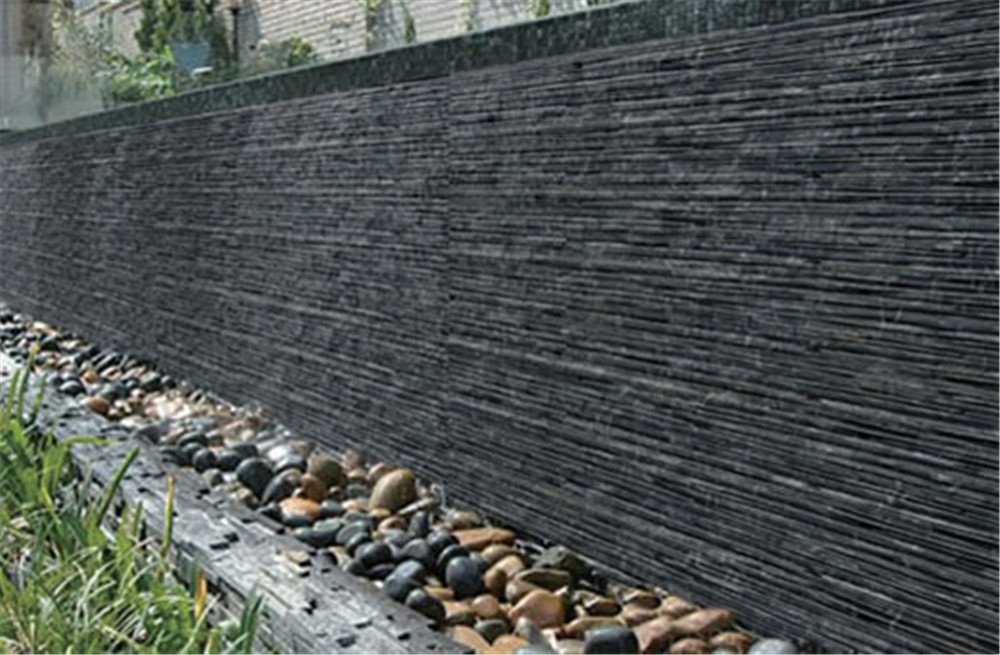Introduction
Cultured stone trim is a popular choice for homeowners looking to enhance the exterior of their homes. This durable and versatile material offers a wide range of design options and can significantly improve the curb appeal of any property. In this article, we will explore the benefits of using cultured stone trim, the various design options available, and the installation process.
Stepping stone shapes for diverse options of Cultured Stone Trim
Cultured stone trim offers several advantages over natural stone and other traditional building materials. One of the main benefits is its cost-effectiveness. Cultured stone is typically more affordable than natural stone, making it a great option for homeowners on a budget. Despite its lower cost, cultured stone trim can still provide the same luxurious look and feel as natural stone, adding value to your home.
Another benefit of cultured stone trim is its durability. Made from a mixture of cement, aggregates, and iron oxides, cultured stone is designed to withstand the elements and last for many years. It is resistant to fading, chipping, and cracking, making it an excellent choice for exterior applications.
In addition to its durability, cultured stone trim is also low maintenance. Unlike natural stone, which requires regular sealing and cleaning, cultured stone is easy to care for and can be cleaned with just soap and water. This makes it a practical choice for busy homeowners who want to enhance their home's exterior without the hassle of constant upkeep.
Design Options
Cultured stone trim offers a wide range of design options to suit any architectural style or personal preference. Whether you prefer a classic look or a more modern aesthetic, there is a cultured stone trim option to meet your needs. Here are some popular design options to consider:

1. Ledge Stone: Ledge stone is a popular choice for homeowners looking to add texture and depth to their exterior walls. This style features irregularly shaped stones that are stacked in a natural-looking pattern, creating a rustic and organic feel.
2. Field Stone: Field stone is another popular option that mimics the look of natural stone found in fields and meadows. This style features a mix of different shapes and sizes of stones, creating a visually interesting and dynamic appearance.
3. River Rock: River rock cultured stone trim is designed to replicate the smooth, rounded stones found in riverbeds. This style adds a touch of natural beauty and tranquility to any home exterior.
4. Brick: For a more traditional look, consider using cultured stone trim that mimics the appearance of brick. This style is available in a variety of colors and textures, allowing you to achieve the classic charm of brick without the cost and maintenance.
5. Stacked Stone: Stacked stone cultured stone trim features stones that are tightly stacked together in a clean and organized pattern. This style offers a contemporary and sophisticated look that pairs well with modern architectural styles.
Installation Process
The installation of cultured stone trim is a straightforward process that can be completed by a professional contractor or experienced DIY enthusiast. Here is an overview of the typical installation process:
1. Preparation: Before installing cultured stone trim, the surface must be properly prepared. This includes cleaning the area, applying a moisture barrier, and installing metal lath to provide a secure base for the stones.
2. Layout: Once the surface is prepared, the contractor will lay out the cultured stone trim in the desired pattern. This step allows for adjustments to be made before the stones are permanently installed.
3. Cutting: In some cases, the cultured stone trim may need to be cut to fit around windows, doors, or other obstacles. A diamond blade saw can be used to make precise cuts and ensure a seamless finish.
4. Mortar Application: The stones are then individually back-buttered with mortar and pressed onto the prepared surface. Care is taken to ensure that the stones are properly spaced and aligned for a clean and uniform appearance.
5. Grouting: Once the stones are in place, grout is applied to fill in the gaps between the stones and create a cohesive look. The grout can be colored to match the stones or provide a contrasting effect, depending on the desired aesthetic.
6. Sealing: Finally, the cultured stone trim is sealed to protect it from moisture and enhance its durability. A high-quality sealant will help maintain the beauty of the stones for years to come.
Conclusion
Cultured stone trim is a versatile and cost-effective option for enhancing the exterior of your home. With its durability, low maintenance, and wide range of design options, cultured stone trim can add value and curb appeal to any property. Whether you prefer a rustic ledge stone look or a modern stacked stone design, there is a cultured stone trim option to suit your style. Consider incorporating cultured stone trim into your next home improvement project to create a lasting impression and elevate the beauty of your home.
